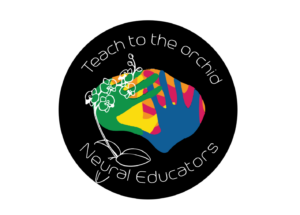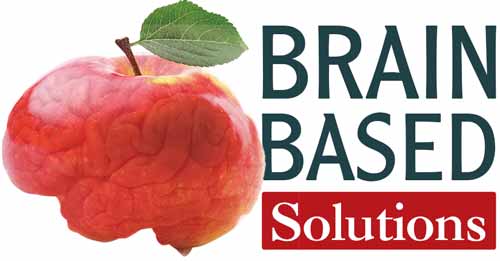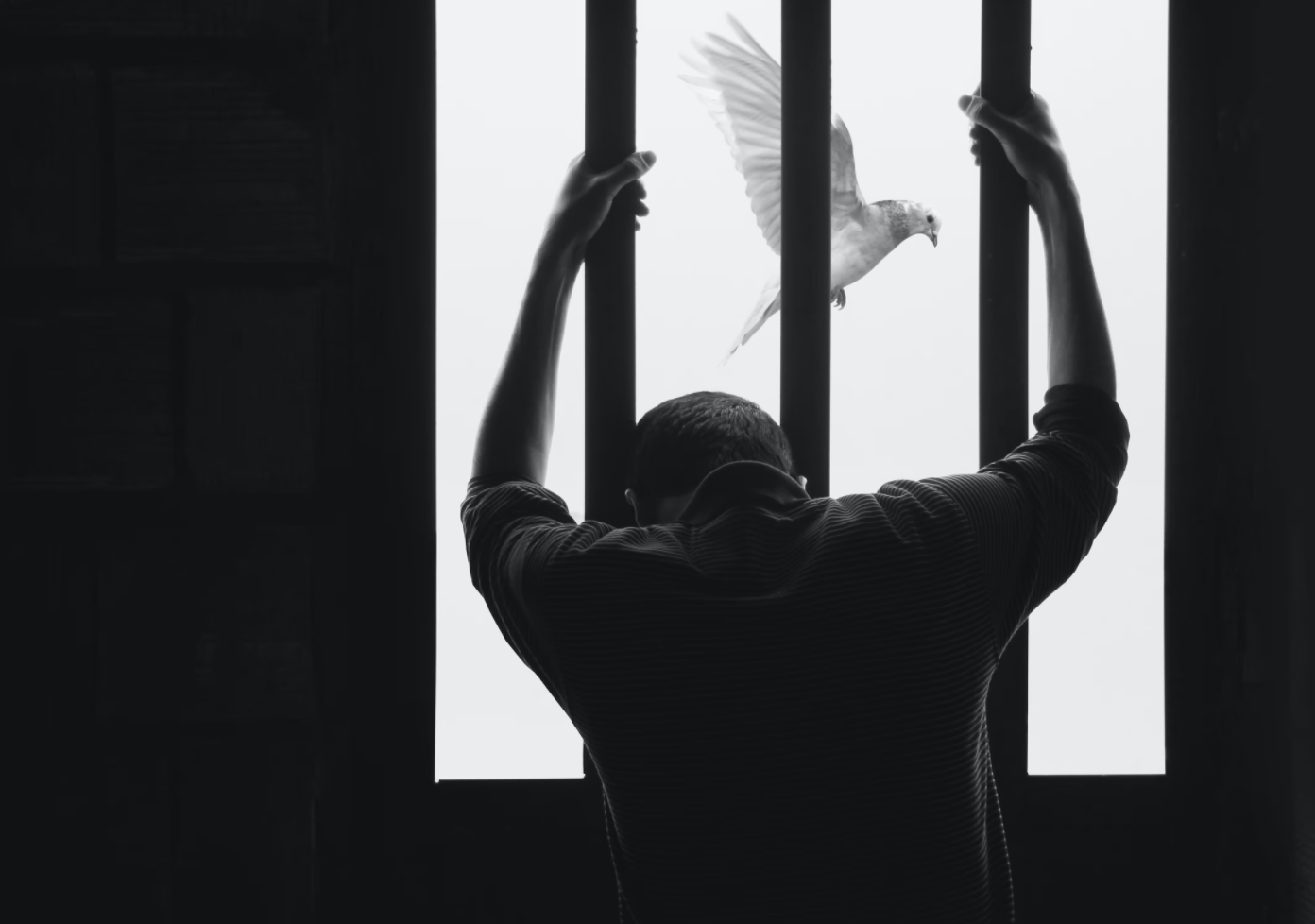Sadly, prisons are full of people who are “orchids.” But we’re making big strides to stop the school-to-prison pipeline.
It begins innocently enough. The child seems unready for school. Meet Angie, she doesn’t have enough ‘small motor’ skills, is not able to focus like her peers, and is already (at age 5) way behind other children in her cohort. Her slowly progressing small motor skills means she can’t pick up a pencil easily and hold it fluidly in order to make letters on a page. She also doesn’t know the letters and cannot stay within the lines. Sometimes, she drops things and is really clumsy, even klutsky.
So we “pull” her out. Angie is a ‘pull out’ kid. We give her ‘special’ treatment. Everyone agrees that she would benefit from an IEP (Individual Education Program). It is designed to help her catch up, to gain skills that she is missing, and to get better at focusing and paying attention. Sounds good, right?
Follow me forward ten years and see what is in store for Angie and countless other children who are in the same boat as Angie…
What happens to “pull out” kids ten years later?
We are now in middle school, where a host of other issues blur the picture and make life very messy in a world where other people are looking and can compare. By this time, Angie has a reputation for klutskyisms – she’s the clown of the class. She still drops things and is even proud of how many times she can get into trouble in any class period (especially with certain teachers).
She doesn’t have great expectations for her school performance and knows that her future will be worse. She especially knows that math is not her strong suit, even boasting out loud “I am no good at math.” In fact, as any of her teachers will attest, she is farther behind academically, emotionally, and socially now than she was when she started out ten years before.
So what happened?
Orchid Children in a Dandelion World
Simply put, Angie is an Orchid in a Dandelion system. Genetically, she is hypersensitive, assumes the worst more than 80% of the time, and lives with imaginary stressors in a hypervigilant state. She has carefully honed over time many visible defense mechanisms and survival techniques that seem to keep her safe in a hostile world. At home, her mom and dad add to the verbal harangues and onslaught of threats and aggressive lectures that she typically receives from the assistant principal who she freely admits ‘is the bane of my life’. Mom and dad are both full-time workers and are struggling themselves to keep – as dad likes to remind everyone – the proverbial wolf from the door. All in all, life is not easy for her. She hates it when Mom yells at her; “I wish you were like your sister Kate. She is much easier to raise.”
What happened to the IEP? There was so much hope for Angie. Her teachers did the best they could and yet the gap is wider now than ever before.
Unfortunately, Angie is just one statistical droplet in a deluge of broken children. The school appears to have missed the mark when it comes to closing the gap. In most cases, the gap gets wider as the child struggles from grade to grade, escaping one ‘aggressive’ school mistress only to end up with another equally ‘demanding’ teacher. Angie is convinced that she is ‘dumb’, not good enough, and basically biding her time to ‘get out’ of the rat race of school. No matter how hard she tries, she can never get a ‘A’ like her classmates. She is a ‘D’ and sometimes ‘F’ in school.
Neural Educators Teach to the Orchid Child

It’s fair to say that 99% of schools are set up to teach to the compliant student. This is another way to say that they do not teach to the orchid child. The dandelion child (like its cousin flower) will grow in a crack in the concrete. It can survive all kinds of stressors and daily gotchas.
On the other hand, the orchid child who doesn’t share the same resilience, struggles at home, in the cafeteria, on the playground, in the bus, anywhere there is a social context. The wilted orchid child is everywhere in society, easy to find because they are not blooming as they should.
Seen from a neural lens perspective, the orchid child needs a careful environment that resembles a ‘greenhouse’ environment in order to thrive. In the flower world, we are careful to adjust the environment when the flower wilts. In the child world, we are quick to blame and punish a delicate flower when they wilt. Our homeless shelters are filled with wilted orchids, our prisons are filled with punished orchids, and our graveyards are filled with suicide orchids. Schools can do better, we can do better.
When we ‘teach to’ the orchid, we adjust the learning environment so that all children are included. It turns out that when we turn our classrooms into greenhouses. Dandelion children thrive also.
Orchids After School: Reversing the School to Prison Pipeline
In my recent trip to California, I met with individuals who are expressly working at reversing the robust pipeline from school to prison. The plan is simple, but the system is inflexible and rigid. There are reasons for this, but we are making progress.
We are working with inmates to help them realign their thinking around autonomic nervous system reactivity, which indicates either resilience or sensitivity to social context. When inmates help us to create materials – materials designed to help children who are crippled by inadequate ‘small motor’ skills and very weak cognitive skills – we are taking a step in the right direction. It turns out that many prisoners also have poor motor skills and inadequate cognitive skills. Two birds with one stone.
Neural plasticity knows no boundaries. It works for children in classrooms, the same way it works for inmates in cell blocks. It’s just wiring. We can myelinate new circuits to help all our orchid children no matter their incarceration.
If you want to get involved, if you want to help, reach out. Email kieran@brainbasedsolutions.org
Together we can reverse terrible trends.


